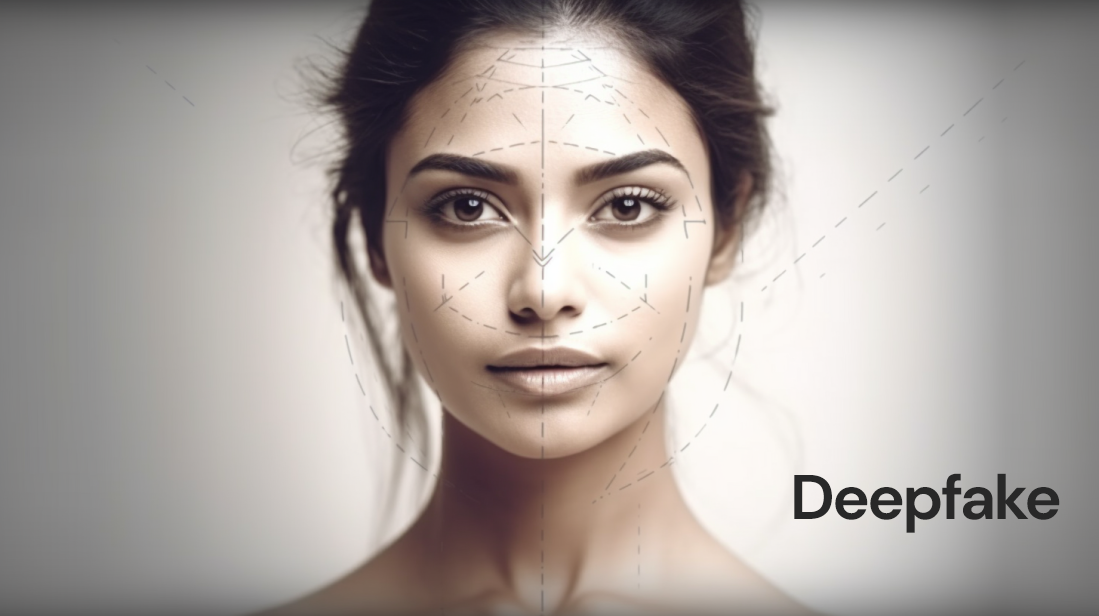Deepfake Phenomenon: A Growing Concern
The world of Deepfake has taken a significant leap, raising both fascination and alarm. A recent study conducted by researchers from University College London (UCL) has brought to light some startling facts about human ability to detect deepfake speech.
What Are Deepfakes?
Deepfakes are artificial creations that mimic real people’s voices or appearances. Kimberly Mai, the first author of the study, stated, “Deepfakes are becoming increasingly sophisticated, making it harder for humans to distinguish between real and fake.”
Deepfake Creation Technology
“Deepfake technology is advancing at an alarming rate,” warns Professor Lewis Griffin, senior author of the study from UCL Computer Science. “With just a three-second clip, algorithms can recreate a person’s voice, posing serious threats to privacy and security.”
The UCL Study: A Detailed Insight
The UCL study has opened new avenues in understanding human interaction with deepfake technology.
Human Detection Rate
“Participants could only identify fake speech 73% of the time,” revealed Kimberly Mai. “This leaves a significant gap in detection, raising questions about our ability to recognize artificially generated speech.”
Effect of Training on Detection
The study also examined the effect of training on detection accuracy. “Training improved detection by 3.84% on average, but we are still far from reliable detection,” Mai added.
Deepfake in Different Languages
The study is the first to assess human ability to detect artificially generated speech in languages other than English. “We included samples in English and Mandarin to understand the global implications of deepfake technology,” explained Mai.
Automated Deepfake Detection: A Work in Progress
In the rapidly evolving world of technology, deepfake detection has become a critical area of focus. Deepfakes, or artificially created media that mimics real people’s voices and appearances, have become increasingly sophisticated. This advancement poses a significant challenge in distinguishing real from fake, leading to a growing need for automated deepfake detection systems.
The Current State of Automated Detectors
Automated deepfake detectors are computer programs designed to recognize and flag deepfake content. These detectors use machine learning algorithms to analyze patterns and characteristics that might indicate a deepfake.
However, the current state of automated detectors is far from perfect. Dr. Karl Jones from Liverpool John Moores University warns, “Automated detectors are not fully reliable yet. They perform well under certain conditions but can be easily fooled if the deepfake is created using advanced techniques.”
Challenges in Developing Reliable Detectors
Developing a reliable deepfake detector is a complex task. The algorithms must be trained on vast amounts of data, including various examples of deepfakes and genuine content. The more diverse and comprehensive the training data, the more accurate the detector can be.
But deepfake technology is continually evolving, and new methods are being developed to create even more convincing fakes. This constant change makes it challenging to keep the detectors up to date.
The Need for Improved Detection
The potential misuse of deepfake technology in criminal activities, misinformation campaigns, and personal attacks makes the need for improved detection systems urgent.
Sam Gregory, Executive Director of Witness, emphasizes this point, stating, “We must invest in research and development to create more robust detection systems. The complexity of deepfake detection adds another layer of challenge, but it’s a challenge we must face head-on.”
Collaboration and Regulation
To make significant progress in automated deepfake detection, collaboration between researchers, tech companies, governments, and other stakeholders is essential. Regulations may also play a role in controlling the creation and dissemination of deepfake content.
Deepfake in Criminal Activities: Real-life Cases
Deepfake technology has been exploited for criminal activities, leading to significant losses.
CEO Duped by Deepfake
In 2019, a CEO was deceived by a deepfake recording. “This incident shows the potential of deepfake to cause serious financial harm,” commented a cybersecurity expert.
Bank Loss in Deepfake Plot
A Hong Kong bank lost $35 million in a deepfake plot. “This elaborate scheme highlights the urgent need for regulations on deepfakes,” said a legal analyst.
Deepfake: A Growing Danger and the Need for Regulation
Deepfake technology continues to evolve, and the dangers associated with it grow.
Concerns from Tech Giants
Microsoft President Brad Smith expressed concern about deepfakes, stating, “Deepfakes are my biggest concern around artificial intelligence. We must act now to prevent potential misuse.”
Calls for Regulation
“There are increasing calls for regulations on deepfakes due to their potential for fraud and spreading misinformation,” says a legal expert. “The UK’s Online Safety Bill is a step in the right direction.”
Conclusion
The world of Deepfake is both fascinating and alarming. The recent UCL study sheds light on the challenges of detection and the urgent need for regulation and technological advancement. As deepfake technology continues to unfold, society must be vigilant and proactive in navigating its complexities.
Frequently Asked Questions
Yes, deepfakes are challenging to detect,” says a tech analyst. “Both humans and automated systems struggle with accurate detection.”
Can AI be used to detect deepfakes?
“AI can be used to detect deepfakes, but the technology is still evolving,” explains a researcher. “We need more sophisticated and reliable systems.”
What technology is used to detect deepfakes?
“Various AI technologies and algorithms are used to detect deepfakes,” says a tech expert. “But we are still in the early stages of development.”
“Deepfake technology is incredibly realistic,” warns a cybersecurity expert. “It can create convincing replicas of voice and image, posing serious threats.”




